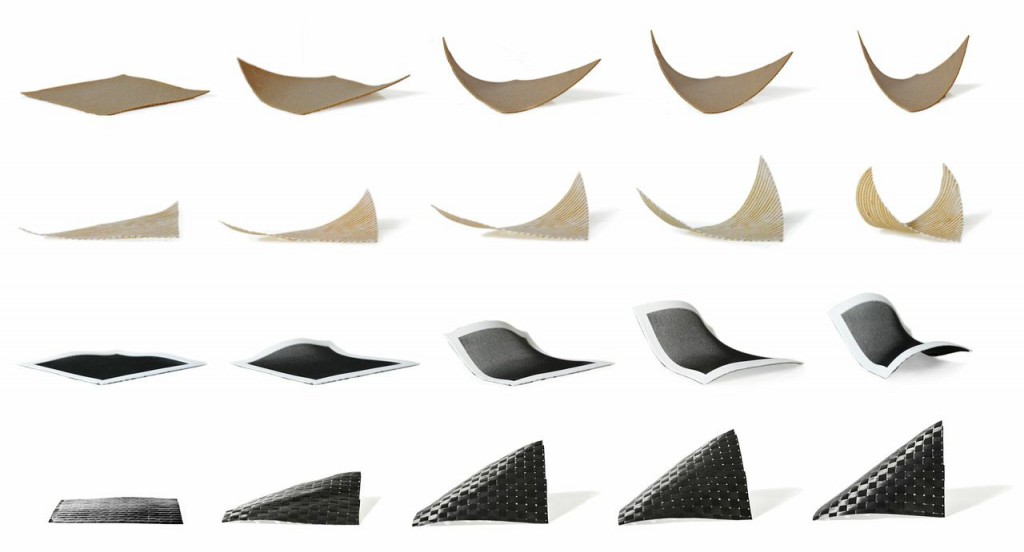
A flat piece of wood lays on the floor, looking vaguely like a butterfly. After being exposed to moisture it begins to fold itself up, twisting slowly into a shape – a wooden elephant. It’s not real wood, of course. It’s programmable wood, synthesized with tiny robots that allow it to fold into a structure. And it actually exists, at the MIT Self-Assembly Lab. There, program director Skylar Tibbits is revolutionizing how we think of construction, one project at a time.
“The Self-Assembly Lab is a cross-disciplinary research group at MIT, composed of designers, scientists, and engineers who are inventing self-assembly technologies. We are aiming to re-imagine the processes of construction, manufacturing, and adaptability,” he says in a video on the lab’s website.
Tibbits, a self-described architect, artist, and computer scientist, started the lab as a way to coordinate efforts in self-assembly across disciplines – including engineering, architecture and even MIT’s media lab.
In the lab, researchers attempt self-assembly on multiple scales, from micro materials to large materials used in construction. Right now, according to Wired, Tibbits and colleagues Christophe Guberan and Erik Demaine are trying to create clothing that could morph in response to weather. This means that, in the future, a winter coat could become thicker or more water resistant in response to low temperatures or moisture.
Another advancement to look forward to in the future? Self-assembling furniture. No more sitting on the living room floor for hours surrounded by tools and furniture parts that you have no idea what to do with – just add a splash of water and watch as your new dining room chair slowly assembles itself into being.
This type of advancement uses technology that the Self-Assembly Lab refers to as “4D Printing,” through which the ability to transform shapes is created during the printing process.
“We work with any type of material – synthetic or natural materials – and really try to design specific geometries that have materials in mind and when you design these two together they respond to energy and the energy sources can be heat, shaking, gravity, pneumatics, electronics. You can use any type of energy and when you mix that with the geometry and the material properties than they can respond and they can change state.”
Programmable Wood from Skylar Tibbits on Vimeo.
Image via Self-Assembly Lab, MIT, Christophe Guberan, Erik Demaine, Carbitex LLC & Autodesk Inc

